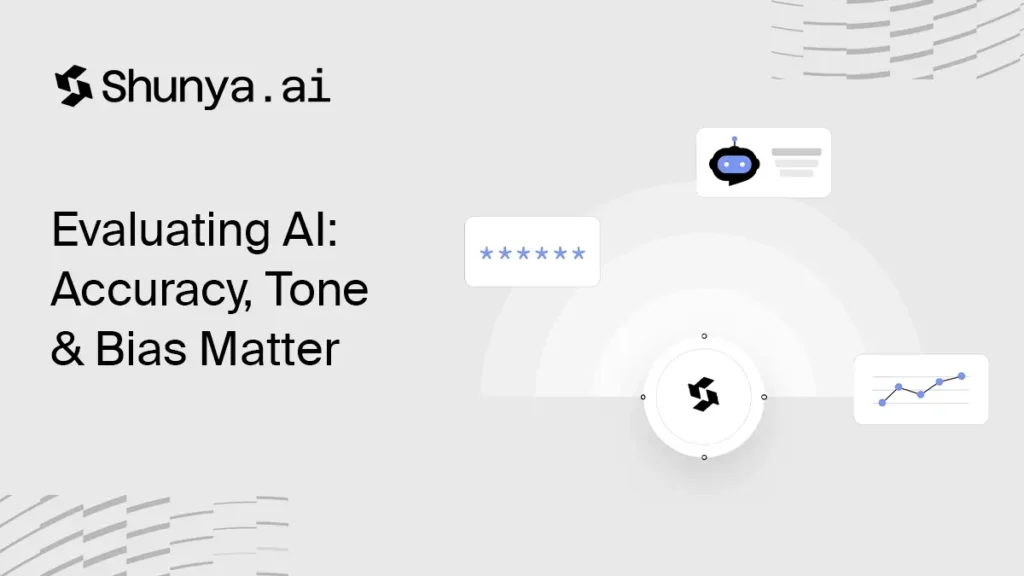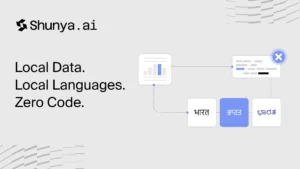| Blog Summary Evaluating LLM outputs goes beyond grammar. Enterprises need a framework to assess relevance, safety, tone, and cultural fit—especially in the Indian context. |
As more Indian businesses deploy LLMs in workflows, ensuring reliable performance becomes non-negotiable. Evaluation helps teams systematically measure if a model is fit-for-purpose—especially for regulated or customer-facing functions.
Core Evaluation Dimensions
- Accuracy & Relevance
Responses should be factually correct and address the core of the prompt without hallucination.
- Tone & Empathy
Tone should match brand voice. Avoid robotic, sarcastic, or overly casual language.
- Bias & Cultural Fit
Test for unintended stereotypes or assumptions—especially in gender, caste, or regional language outputs.
Approaches to LLM Evaluation
- Human Review
Set up review panels with defined rubrics for each use case or workflow.
- Automated Metrics
Use BLEU/ROUGE scores for summarisation; toxicity classifiers for safety; cosine similarity for factuality.
- Prompt-Based Unit Tests
Run regression-style prompts regularly to flag drift or unexpected changes post-fine-tuning.
India-Specific Considerations
- Multilingual Evaluation
Responses must be checked across English, Hinglish, and regional languages for bias and consistency.
- Regulatory Implications
Sectors like BFSI or healthcare must document evaluation logs for audits and compliance.
Conclusion
LLM evaluation isn’t just about quality—it’s about responsibility. Indian enterprises need to evaluate for impact, not just syntax.
Deploy smarter AI. Use built-in evaluators in Shunya.ai to test, track, and improve your LLM output quality.



